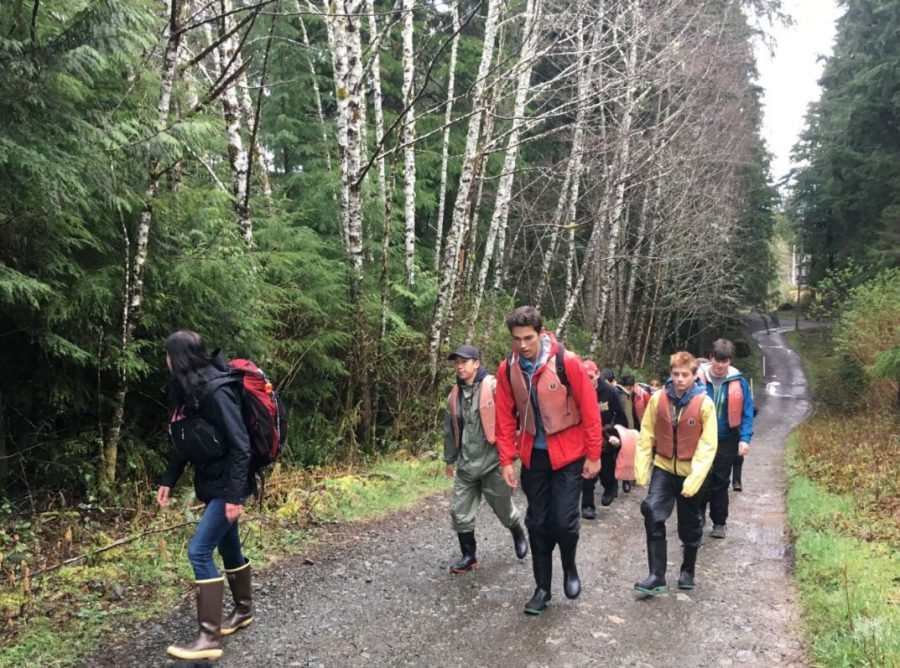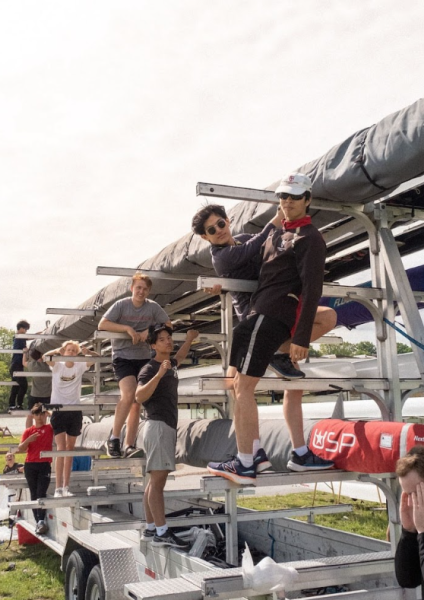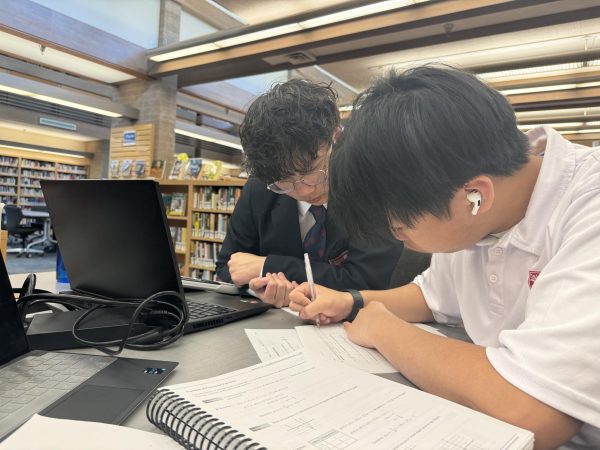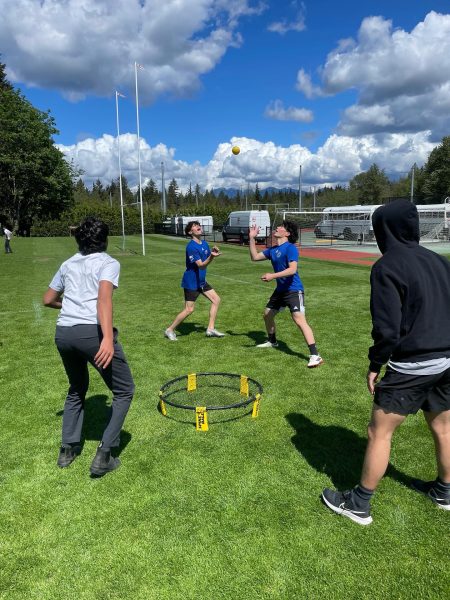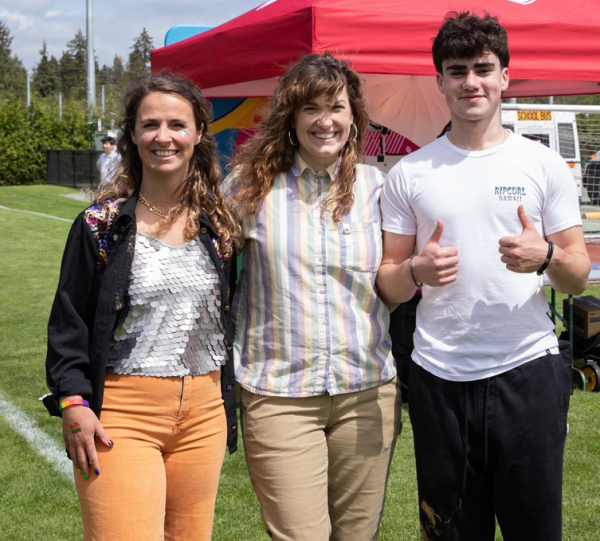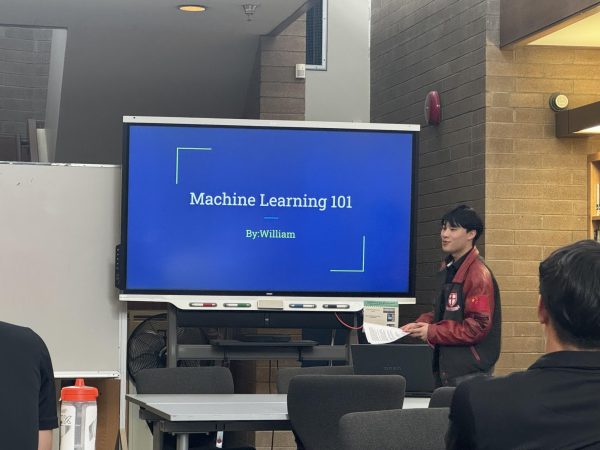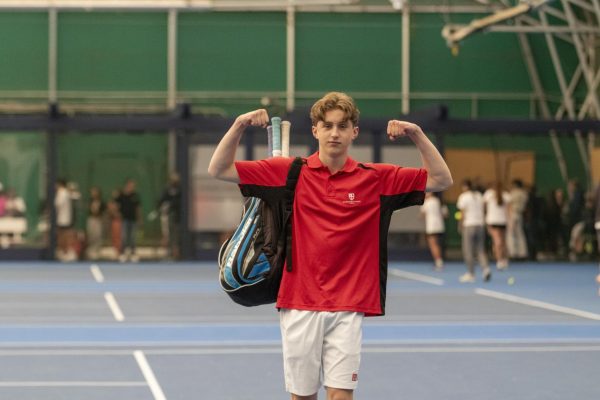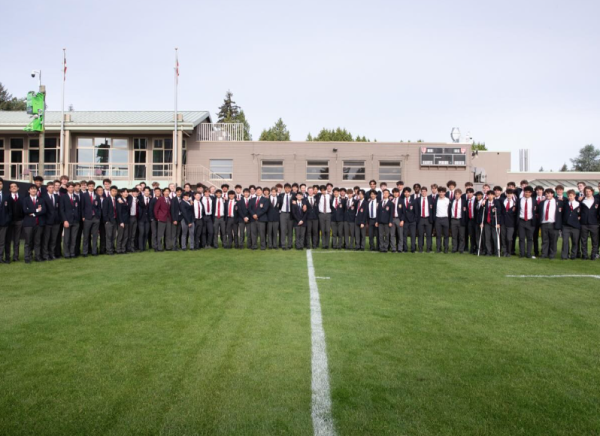Biology Students Explore Marine Sciences In Bamfield
Students are hiking to an intertidal zone. (Tommy Kuo)
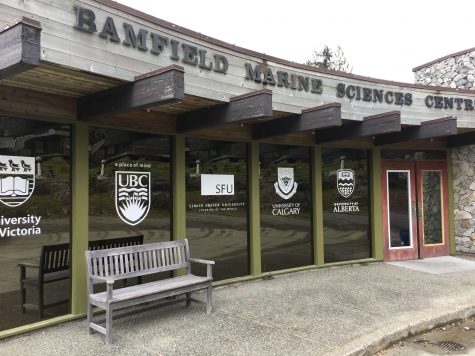
Every year in the past few decades, Saints’ Biology Department organizes a field trip to Bamfield Marine Sciences Centre located on the west coast of Vancouver Island. Last weekend, Mr. Norm Kaethler and Mrs. Kathryn Murray led fourteen students from Biology 11, Biology 12, AP Biology and AP Environmental Science to visit the “not-for-profit facility dedicated to education and research related to coastal marine sciences,” according to the Centre’s website. During the trip, students attended lectures, hiked, interacted with nature, and performed experiments on marine animals, learning experiences that are not possible in a classroom setting.
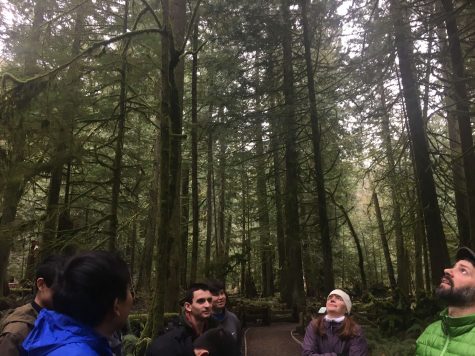
On Friday morning, the group caught the first ferry to Nanaimo, stopping at Cathedral Grove for a brief exploration in the coniferous forest. Mr. Kaethler and Mrs. Murray showed students various types of native plants and explained the logging industry on the Island and in the province. They then left for Port Alberni for lunch before the school bus traversed through a 50-mile long bumpy logging road that led them to Bamfield.
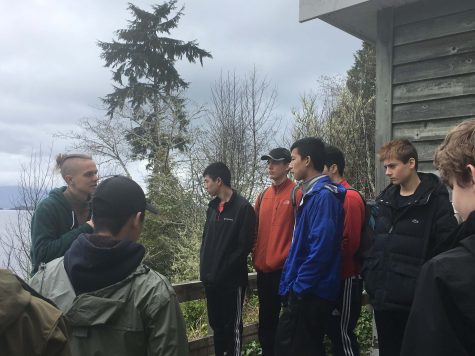
Soon after arriving at Bamfield, students were shown around the site and went on a boat, going along a river to collect water data and samples which they later would observe under a microscope to identify any microorganisms. Excitement in the laboratory never ceased as students were spotting living organisms that were otherworldly in appearance. They also attended a lecture on marine invertebrates, during which they witnessed the fertilization of sea urchin eggs and the cell division of the zygotes.
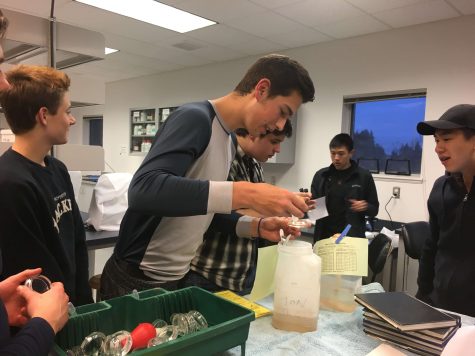
The next morning, the group went hiking and arrived at a beach to explore the tide pool ecosystem. Laughter burst out as students watched each other’s sand paintings and presentations on the interactions between tide pool organisms. After lunch, students explored a muddy rainforest and returned to a lecture held in a laboratory in which marine animals like sea anemone and clams were placed in “touch tanks” and were allowed to be touched. This experience was conducive to the experimental biology session that happened in the evening – students were guided to design their own experiments pertaining to animal behaviors under different environmental conditions. One group, for instance, discovered that sea urchins that had longer spines took less time to right themselves upright. After the experiments, Mr. Kaethler took a group of avid students to the dock to observe bioluminescence.
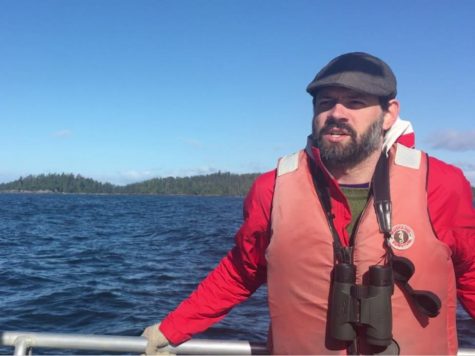
The last day of the trip included a lecture on sustainable fishing methods and a boat trip that involved sightseeing and seabed dredging. During the lecture, students learned about not only the loss of marine biodiversity due to inappropriate fishing methods but also how to make better seafood choices as consumers. On the boat trip, the scenic view of the Barkley Sound passed by while the operator of the boat retrieved the dredge, consisting of seashell fragments and small organisms like sea star, for students to study. The dredge was returned back to the ocean before the group headed back to the base camp for departure. It was unfortunate that the school bus was late for the ferry, and had to wait for two hours for the next ferry to arrive.
After the trip, Mr. Kaethler commented that “Bamfied is one of the most beautiful places. It’s on the rugged Canadian coastline, having a beautiful rainforest and a rich marine life. This trip is the most authentic learning experience because students can interact with real-life organisms and ecosystems. It basically brings textbooks to life.”
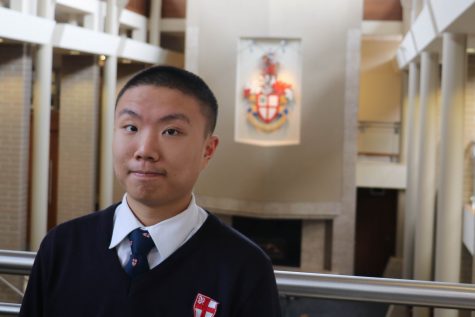
A twelfth-grader in St. George's School, Tommy Kuo landed in Vancouver, Canada last year with "a mixture of anticipation and apprehension." In school,...



